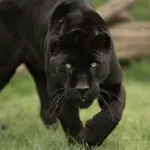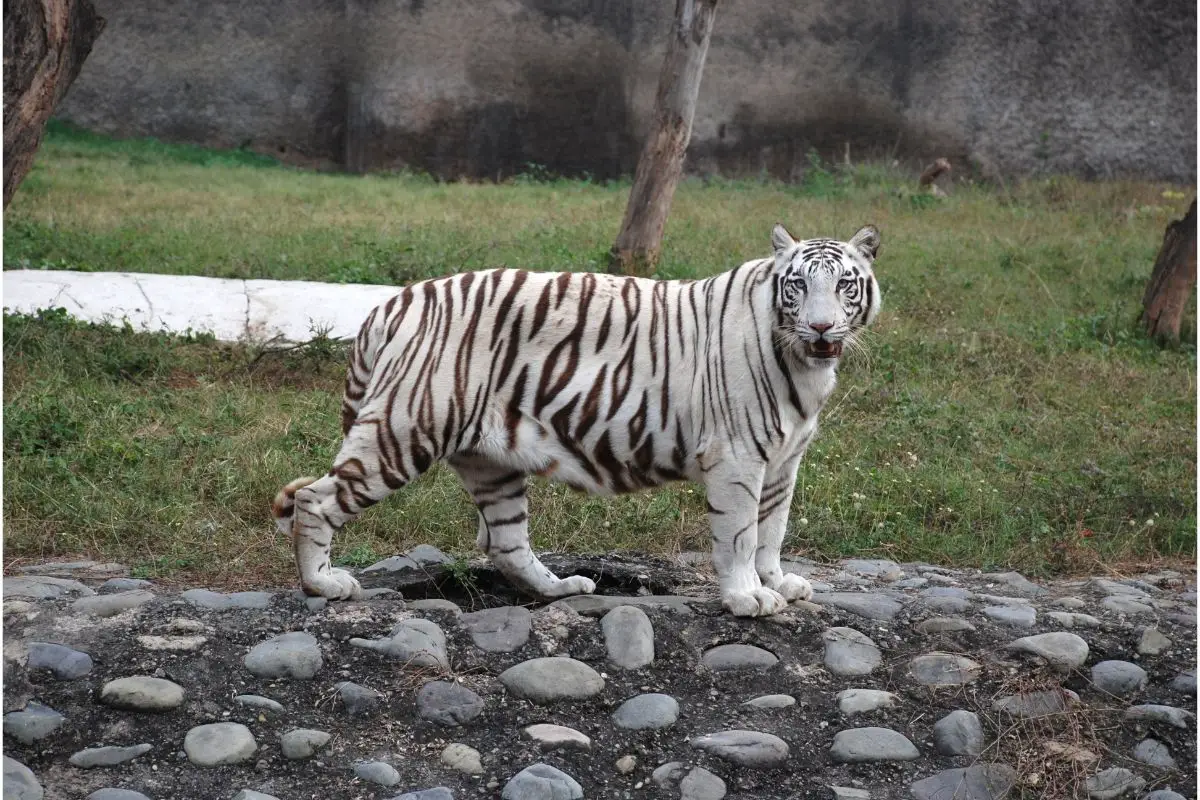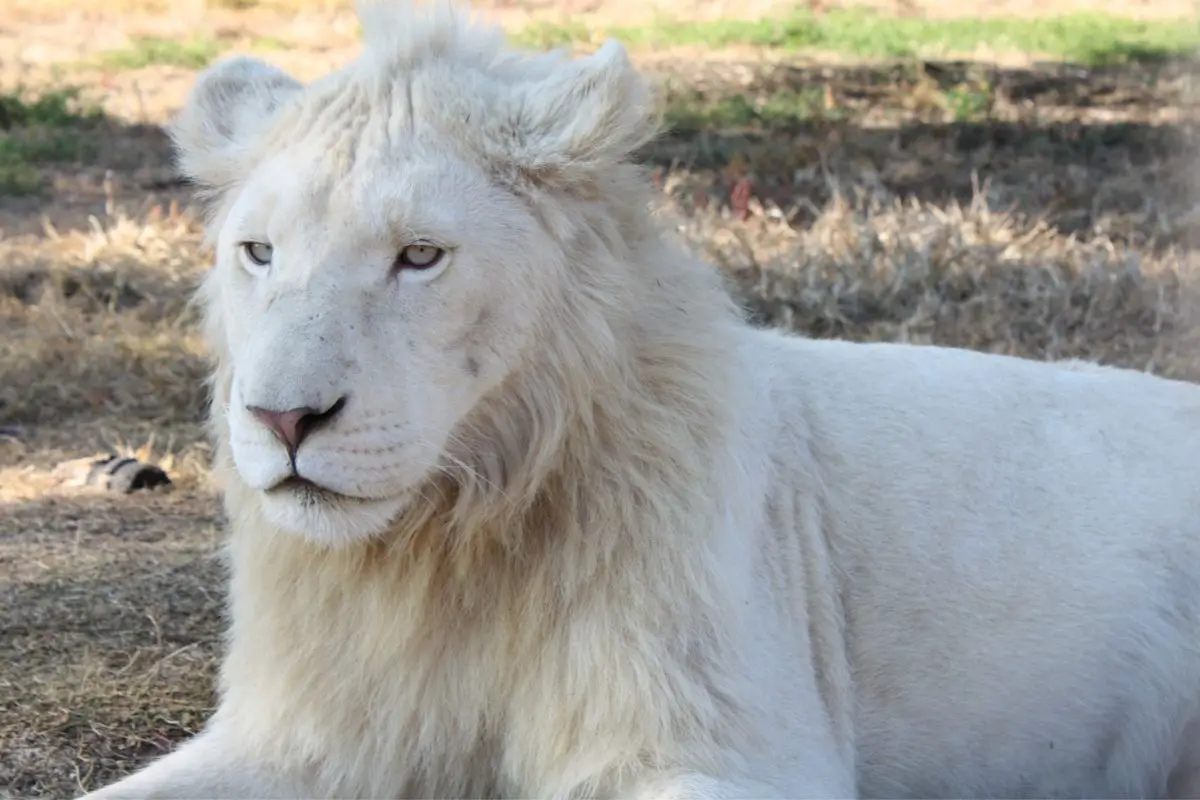Imagine witnessing one of nature’s most powerful predators silently stalking through murky wetland waters, eyes locked on a massive, armor-plated crocodilian. This isn’t a scene from a fantasy movie—it’s the incredible reality of jaguar hunting behavior that has captivated wildlife enthusiasts and researchers worldwide. Do jaguars eat crocodiles? The answer might surprise you, and the hunting techniques these magnificent cats employ are unlike anything you’ve seen from other big cats.
The Shocking Truth: Do Jaguars Actually Eat Crocodiles?
Yes, jaguars do eat crocodiles—but there’s an important distinction to make. When we ask “do jaguars eat crocodiles,” we’re typically referring to caimans, which are South American crocodilians closely related to alligators and crocodiles. True crocodile encounters are extremely rare, but jaguar-caiman interactions are well-documented throughout the Pantanal wetlands and Amazon Basin.
Recent scientific studies have recorded over 200 jaguar-caiman interactions in the Pantanal region between 2020-2023, with jaguars showing a remarkable 70-80% success rate when attacking these formidable reptiles. This isn’t just opportunistic feeding—it’s a specialized hunting behavior that sets jaguars apart from every other big cat species.
Why Jaguars Are Uniquely Equipped for Crocodilian Hunting
Unlike their cousins the leopards and cheetahs, jaguars possess unique adaptations that make them formidable crocodile hunters:
- Incredible bite force: At 1,500 PSI, jaguars have the strongest bite force among big cats
- Skull-crushing capability: Their jaw structure allows them to pierce crocodilian skulls and spines
- Swimming prowess: Jaguars are excellent swimmers, unlike most other big cats
- Stealth hunting: They can attack from underwater, catching prey completely off-guard
According to research published in the Journal of Mammalogy, climate change affecting water levels has actually increased these predator-prey interactions, giving us more opportunities to study this fascinating behavior.
How Jaguars Hunt and Kill Crocodiles: A Step-by-Step Breakdown
Understanding how jaguars kill crocodiles reveals the incredible precision and power of these apex predators. The hunting process typically follows this pattern:
The Ambush Setup
Jaguars are patient stalkers. They’ll spend hours observing caimans basking on riverbanks or floating in shallow water. Unlike the quick chases we see with cheetahs hunting gazelles, jaguar crocodile hunting is all about timing and positioning.
The Underwater Approach
Here’s where jaguars truly shine as unique predators. They’ll slip into the water silently, sometimes swimming completely submerged to approach their target. This underwater hunting ability is virtually unheard of among other big cats and gives jaguars a massive advantage.
The Killing Bite
The actual kill is swift and devastating. Jaguars target either:
- The skull: A crushing bite that penetrates the brain
- The neck/spine: Severing the spinal cord for instant paralysis
- Behind the head: Avoiding the dangerous jaws while accessing vital areas
Wildlife photographer footage has captured these attacks lasting mere seconds, with the caiman having virtually no opportunity to retaliate.
When and Where These Epic Encounters Happen
Not all jaguars hunt crocodiles—this behavior is primarily seen in specific regions and circumstances:
Prime Hunting Locations
- Pantanal Wetlands (Brazil/Paraguay): The primary documented location for jaguar-caiman interactions
- Amazon Basin: Sporadic cases, usually during dry seasons when prey concentrates near water
- Costa Rica’s Corcovado National Park: Recent photographic evidence of this behavior
Seasonal Patterns
These encounters are most common during dry seasons when water levels drop and both predator and prey are forced into closer proximity. During wet seasons, jaguars typically have access to easier prey options and don’t need to take the risks associated with attacking armored reptiles.
Research from National Geographic shows that in wetland areas, crocodilians can comprise 5-15% of a jaguar’s diet, particularly during these dry periods.
Jaguar vs. Crocodile: Can the Tables Turn?
While jaguars are incredibly successful crocodile hunters, these encounters aren’t without risk. The question of whether a jaguar can kill a saltwater crocodile highlights the size limitations of this predatory behavior.
Size Matters
Jaguars typically target caimans measuring 3-6 feet in length. Larger crocodilians pose significantly more danger and are usually avoided. A full-grown saltwater crocodile or large American crocodile would likely be too dangerous for even the most skilled jaguar to tackle.
Risk vs. Reward
Crocodile hunting represents a high-risk, high-reward scenario for jaguars:
- Rewards: Large meal, high protein content, fewer competitors
- Risks: Potential injury from powerful jaws, tail strikes, or death rolls
Studies show that jaguars prefer this hunting method when easier prey is scarce, making it more of a specialized skill than a primary hunting strategy.
The Nutritional Benefits: Why Crocodiles Make Good Jaguar Food
When considering whether jaguars can eat crocodiles, the nutritional profile is impressive. Crocodilian meat provides:
- High protein content: Essential for maintaining jaguar muscle mass and energy
- Rich calcium sources: Important for bone health and strength
- Abundant calories: A single caiman can provide several days’ worth of nutrition
- Minimal competition: Few other predators can successfully hunt crocodilians
According to research published in Wildlife Biology, stomach content analysis shows that reptiles make up approximately 12% of jaguar diets in wetland environments, with caimans being the most significant component.
Comparing Crocodile Meat to Other Jaguar Prey
While jaguars hunt various animals including deer, peccaries, and tapirs, crocodilian meat offers unique advantages:
- Higher protein density than most mammalian prey
- Less seasonal availability issues
- Reduced competition from other predators
- Abundant in wetland ecosystems
Conservation Implications and Modern Observations
The relationship between jaguars and crocodiles has important conservation implications. As jaguar populations recover in parts of Central and South America thanks to conservation efforts, we’re seeing increased documentation of these predator-prey interactions.
Climate Change Effects
Recent studies indicate that changing water levels due to climate change are affecting the frequency of jaguar-crocodile encounters. During extended dry periods, both species are forced into smaller areas, increasing interaction rates.
Tourism and Education Value
These dramatic encounters have significant value for wildlife tourism and conservation education. The World Wildlife Fund notes that jaguar conservation programs often use these spectacular hunting behaviors to generate public interest and support.
Social media has played a role too, with viral videos of jaguar-caiman encounters reaching millions of viewers and raising awareness about these incredible predators and their wetland habitats.
Frequently Asked Questions About Jaguars and Crocodiles
How often do jaguars hunt crocodiles?
The frequency varies by location and season, but in prime wetland habitats, crocodilian hunting might occur several times per month during dry seasons.
Are jaguars the only big cats that hunt crocodiles?
Yes, jaguars are unique among big cats for their ability to successfully hunt crocodilians, thanks to their powerful bite force and swimming abilities.
What’s the largest crocodile a jaguar can kill?
Jaguars typically target caimans up to 6 feet long. Anything larger becomes increasingly dangerous and is usually avoided.
Do crocodiles ever kill jaguars?
While rare, large crocodilians can potentially kill jaguars, especially if the cat makes a mistake during the attack or targets prey that’s too large.
Conclusion: The Incredible Reality of Jaguar-Crocodile Interactions
So, do jaguars eat crocodiles? Absolutely—and they’re remarkably good at it. This unique predatory relationship showcases the incredible adaptability and power of jaguars as apex predators. From their bone-crushing bite force to their exceptional swimming abilities, jaguars possess a perfect storm of traits that make them the only big cats capable of regularly hunting crocodilians.
These encounters remind us that nature is full of surprises and that even the most armored, dangerous prey isn’t safe from a sufficiently adapted predator. As conservation efforts continue to protect both jaguars and their wetland habitats, we’ll likely continue discovering new aspects of this fascinating predator-prey relationship.
Whether you’re a wildlife enthusiast, student, or simply curious about nature’s most impressive hunters, understanding jaguar crocodile interactions gives us insight into the complex dynamics that shape our planet’s ecosystems. The next time someone asks you about jaguars and crocodiles, you’ll have plenty of amazing facts to share about these incredible apex predator encounters.
- Sink Your Teeth Into This: Analyzing the Powerful Lion Bite Force - September 8, 2023
- Siberian Tigers: Everything You Need To Know - September 4, 2023
- Do Lions Eat Humans? Understanding Lion Aggression and Risks - September 4, 2023




